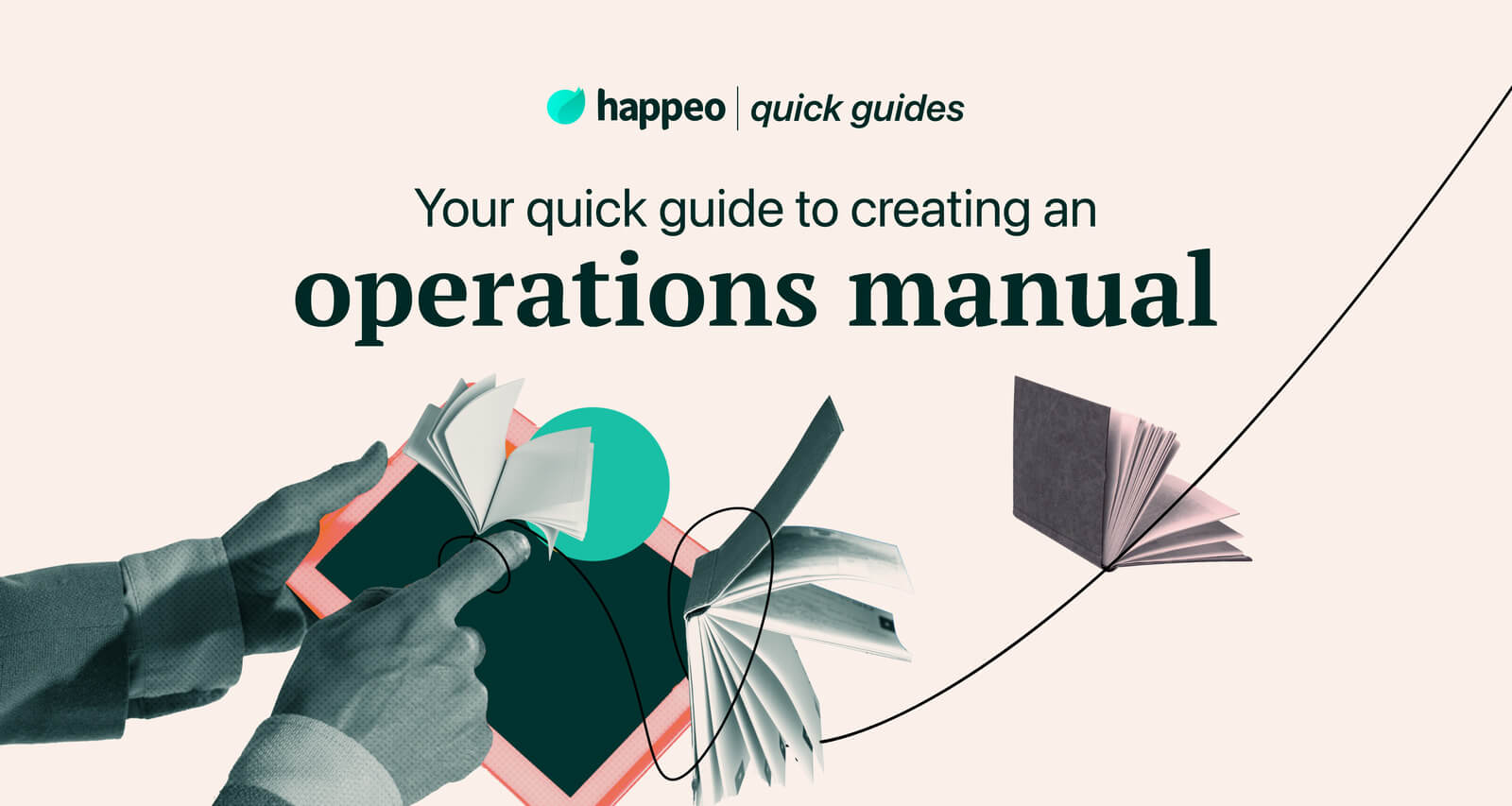
Quick guides Employee engagement
Your quick guide to writing a creative brief [incl. template]
![Your quick guide to writing a creative brief [incl. template]](https://www.happeo.com/hubfs/Happeo-Website-Assets/New/blog/Blog_104617067900_featured.jpg)
5 mins read
Start building your digital home with Happeo
Request a demoQuick guides Employee engagement
Product
Features
Solutions
Happeo for
Use cases
Resources
Explore
Support
Happeo For
Use cases
Comparisons
Explore
Support
Recent

Nela Linares Antequera
5 mins read
A creative brief is a short document that acts as a roadmap for creative projects. A good creative brief should transform a business objective into language that the actual humans involved can clearly understand — giving them the best chance of achieving the project’s goals. Creative briefs are common in agency settings, because they allow account managers, creative teams and clients to get on the same page about upcoming campaigns. But they’re also a useful tool for in-house teams. Using a creative brief ensures that everyone involved in a project is aligned and engaged before it begins.
You might use a creative brief for projects like:
Essentially, any creative project that involves a number of different collaborators should begin with a creative brief.
Imagine you’re building your dream house. You need an architect to draw up the initial blueprints. A team of builders to put the actual framework together. You’ll need a plumber to fit that antique clawfoot tub, and an electrician to make sure all of the chandeliers are working (well, we can dream). There might also be interior designers, carpenters, landscapers, carpet fitters — any number of different professionals.
The point is, without a detailed plan, it would be practically impossible for all of those people to work together — and it’s very unlikely that your house will turn out like you imagined. And your creative project is the same. A creative brief acts as the single source of truth for a project. It’s a document that everyone can refer back to when they need to, which represents your overall vision for the project. It should also include specific details about the project’s deliverables.
This saves both time and money, because it avoids false starts and backtracking by making sure everyone is on the same page from the start. Plus, building a creative brief inherently involves a huge amount of planning, strategizing, brainstorming, and discussion. Using a creative brief ensures consistency throughout a project, because everyone knows what they’re doing — resulting in a better final product.
Ready to start creating your own creative brief? The easiest way is to work with a creative brief template. This will guide you through the process and ensure you’ve included all of the right information. To get started, you can download our free template — and then follow the steps below to populate it with information about your project.
The first step in building your creative brief is to identify exactly why you’re planning this project. Ask yourself what problem the project is trying to solve — and why this project in particular is the right solution. After all, no creative project should be done for its own sake: it should always meet a business objective. It’s important to discuss exactly what you want the project to achieve with all of the stakeholders involved, so you can avoid disagreements down the road.
Your target audience are the people who will eventually consume the project’s deliverables — which could be an Instagram reel, a blog post, a tutorial for YouTube, or something else. And it’s important to gather and record as much information about them as possible.
A creative brief should include demographic information, which includes things like your target audience’s age range, income and education levels, and typical occupations. It should also include details about their pain points, problems, motivations, and desires, which can help to guide your team as they create the deliverables.
A creative brief often includes background information about the business that the campaign or project is for. This is particularly important if you’re an agency creating a brief for a client campaign since your internal team is likely working on several client projects at the same time. However, adding context about your company can be useful even for in-house projects, because it helps freelancers, new starters, and external parties to gain a deeper understanding of your business.
An important note, though: this shouldn't just be a general paragraph you’ve thrown together about your business, or something copied and pasted from your about page. Instead, it should give background about your brand in the context of this campaign specifically. For example, take a look at this creative brief for PayPal. Instead of just describing what the company does, it gives details about how the brand is currently viewed by the public, and how the campaign aims to change this perception. This is also the point when you’ll define the project’s preferred tone and message, giving you consistency from the start.
Listing your competitors on your creative brief is useful because it helps freelancers and other external parties to quickly conceptualize your brand. You should also include links to any similar projects that your competitors have attempted or completed. When doing this, think about:
The next thing to add to your creative brief template is the names of everyone who will be involved with the project. This helps the whole team to understand who they’ll be working with, who will be responsible for what, and who the final decision-makers are. This might include:
We’ve arrived at the most important part of filling out your creative brief template: the deliverables. These are the actual assets that your team will create over the course of the project. They might include things like TV commercials, social media ads, videos, blog posts, ebooks — or basically any piece of media, depending on the project.
The key is to be as specific as possible about the materials you want to create. You should always include precise specifications, depending on the type of content you’re creating. For example, for an image or video, you should include the dimensions. For a video, specify the run time. And for a blog post or other piece of written content, include a word count or the required number of pages.
The brief should also clarify who is responsible for each of the deliverables if the project involves creating more than one asset. For example, you might have a designer working on a banner ad, while a copywriter creates an accompanying landing page.
The more specific you can be here, the better. Clear specifications mean that your team won’t have to waste time making last-minute changes since they’ll have all the information they need from the beginning.
Your creative brief should include your budget for the project so that your team knows the resources they’re working with. This allows them to prioritize spending and ensures that everyone has a realistic idea of what they can achieve. It’s also a good idea to include the project timeline, including not only the final deadline but also any milestones along the way.
Once a creative project is underway, the creative brief should be a relatively static document. Its job is to act as a clear plan for the entire project, and changing things around can be confusing for your team.
However, it is important to share the creative brief with stakeholders and seek their feedback before the project begins. By incorporating their suggestions into the creative brief, you can increase support for the project from the various parties involved.
A creative brief is an important document that keeps teams aligned from the beginning of every project. Using our creative brief template right within Happeo, you’ll also have access to all of the resources you need for the project and contact information for every stakeholder, all in the same place. Happeo is an interactive space where teams can come together and collaborate — making it the perfect place to work together on creative projects.
